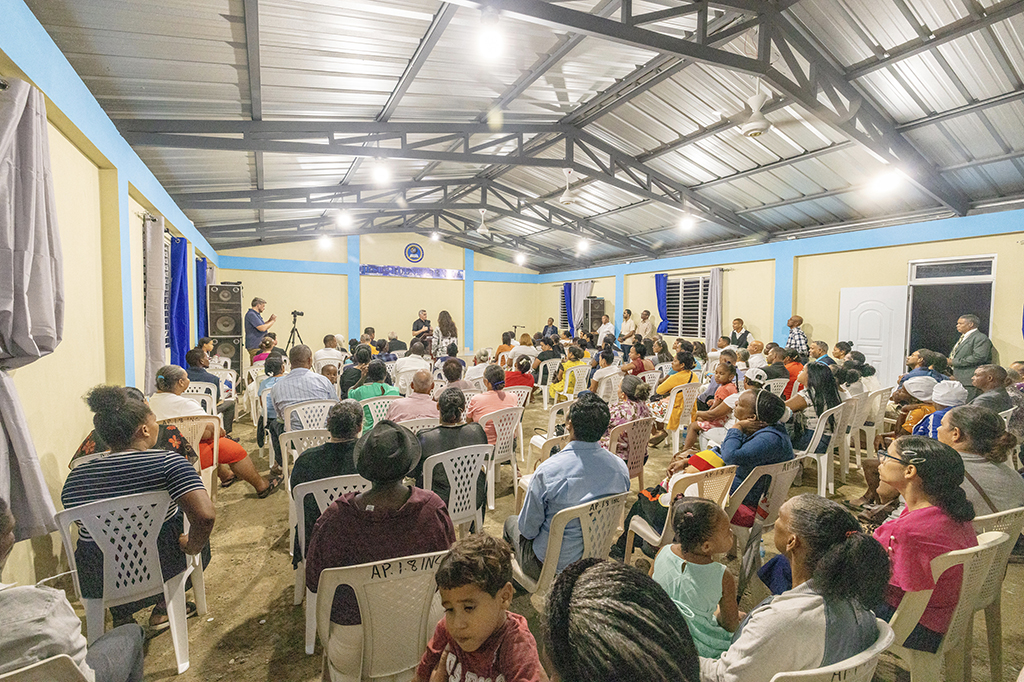The inquiry into the sheer number of Christian churches around the globe is akin to attempting to count the stars in a night sky, where sheer expanse and infinite diversity blur the lines of comprehension. With an estimated 2.3 billion adherents, Christianity emerges as the most populous religion on earth. Within its vast domain lies an astonishing variety of denominations and congregations. This raises an intriguing question: just how many Christian churches exist worldwide? Let us embark on a journey to elucidate this dynamic and multifaceted landscape.
When one entertains the notion of Christian churches, the first challenge is to define what constitutes a church. Is it merely a building, a community of believers, or an entire denomination? The reality is that churches encompass all these facets and more. From the ornate cathedrals, with their vaulted ceilings and intricate stained glass, to humble storefront assemblies in urban neighborhoods, the myriad forms of Christian worship reflect the rich tapestry of faith that transcends cultural and geographical boundaries.
Estimations suggest there are approximately 4 million churches globally. This figure, daunting as it may seem, is a manifestation of the vibrant and sometimes chaotic nature of Christian expression. Each church stands as a unique testament to its congregation’s beliefs, traditions, and cultural influences. The multiplicity of churches exists not merely as an abundance but as a profound storytelling mechanism, wherein each congregation weaves its own narrative while contributing to the overarching story of Christianity.
In the grand narrative of Christianity’s expansion, we see an extraordinary phenomenon: a proliferation of denominations, each with distinctive theological tenets and liturgical practices. Protestantism alone is a vast umbrella, sheltering over 40,000 separate denominations worldwide. These denominations range from historic, established bodies such as the Lutheran and Anglican churches, to modern movements like the Pentecostal and non-denominational congregations. Each community interprets the Bible through its lens, producing a kaleidoscope of doctrines, practices, and worship styles.
Roman Catholicism remains the largest single Christian denomination, comprising approximately 1.3 billion adherents. With an unrivaled institutional structure, the Catholic Church offers a continuity of tradition embedded in rituals and sacraments that appeal to millions. Eastern Orthodoxy, encompassing various national churches, offers a rich liturgical heritage, bringing forth centuries-old traditions that resonate deeply within their communities. Here, parish life bridges the past with contemporary expressions of faith, echoing the Orthodox belief in the timelessness of God.
As we delve deeper into this exploration, it is essential to consider the geographical demography of Christian churches. The Americas, Europe, Africa, and Asia each present distinct characteristics in their Christian practice. In the United States, a veritable smorgasbord of denominations coexists, with megachurches drawing thousands into their embrace and small, rural congregations maintaining traditional forms of worship. The diverse expressions found within this nation reflect the melting pot of cultures and ideologies that merge to create unique worship environments.
Contrastingly, Africa experiences one of the most dynamic growth trajectories in Christianity today. Churches are sprouting rapidly, often bearing local cultural influences that are refreshingly original. The vibrancy of African Christianity pulsates with charismatic zeal, incorporating indigenous beliefs and practices into worship that inspires communal engagement and fervor. Here, the church becomes a focal point for social and spiritual transformation, illustrating the profound impact of faith on societal development.
Europe, once the bastion of Christendom, now faces challenges that have redefined its church landscape. In countries such as Germany and the United Kingdom, secularization has led to dwindling church attendance, prompting reflections on the future of Christianity in these regions. Nevertheless, historical churches and modern congregations alike continue to offer a sanctuary for seekers of truth, even amidst a climate of skepticism. Their endurance speaks to the resilient nature of faith, navigating through the changing tides of public perception.
Asia, too, offers a fascinating glimpse into the global Christian community. From the underground movements in China, where believers gather clandestinely to worship, to burgeoning communities in nations like India, Christianity is adapting to diverse environments. The presence of Christianity in Asia is often marked by a unique tension, navigating between the heritage of ancient traditions and the aspirations of modernity. This fusion of influences has birthed a type of faith that is reflective and often divergent from Western expressions of Christianity.
Ultimately, the vast number of Christian churches serves as both a blessing and a challenge. The diversity of thought and practice can lead to rich inter-denominational dialogues that foster unity among believers. However, it can also result in fragmentation, where ideological differences hinder collaboration. To navigate this intricate landscape, believers are called to embrace the richness of their shared faith and the myriad ways it is expressed across cultures and contexts.
As the world continues to evolve, so too will the church. In various forms, Christians will gather, worship, and engage in communities that reflect the beauty of God’s creation. The church is a living organism, evolving and adapting, much like humanity itself. In counting the churches, we do not merely measure buildings or congregations; rather, we discover the heartbeat of faith pulsating across the globe, each thrum a reminder of the profound and intricate relationship between humanity and the divine.



